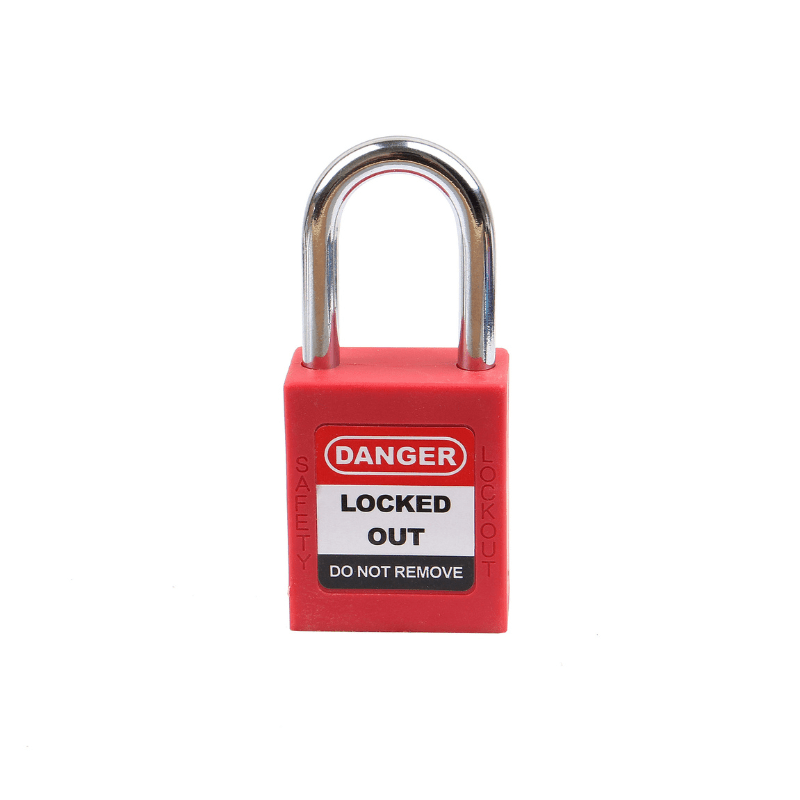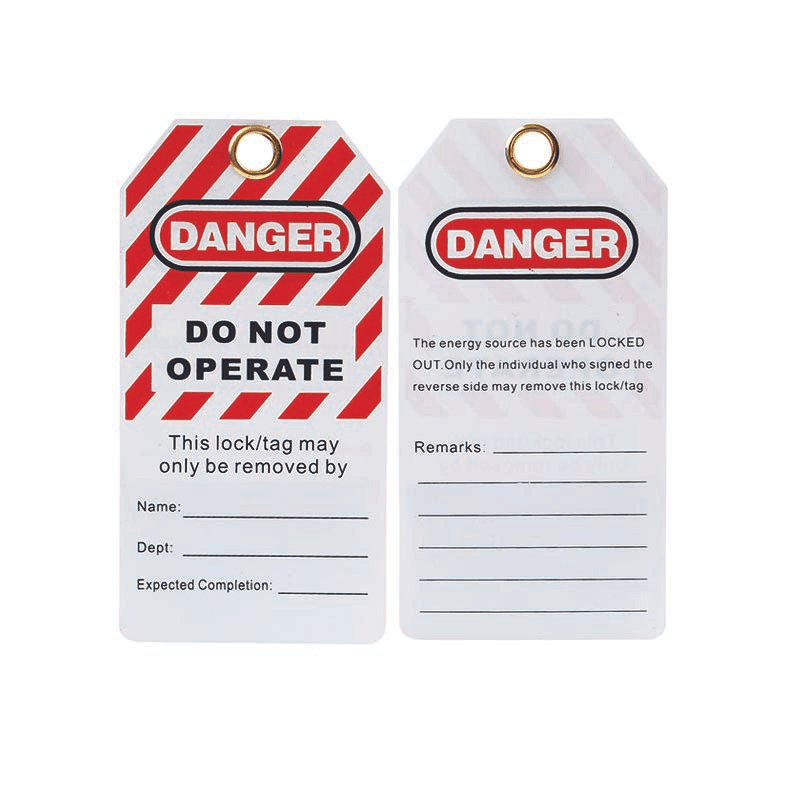Table des matières
- L'importance des signaux d'avertissement de danger de glissade
- Où placer les signaux avertisseurs de danger de glissade
- Conception et caractéristiques des signaux avertisseurs de danger de glissade efficaces
- Réglementation et conformité
- Conclusion : Assurer la sécurité par une signalisation adéquate
L'importance des signaux d'avertissement de danger de glissade
Les glissades, les trébuchements et les chutes sont parmi les causes les plus courantes d'accidents du travail dans de nombreux secteurs d'activité. Selon les données de sécurité de l'Agence européenne pour la sécurité et la santé au travail, les glissades et les chutes représentent un pourcentage important de toutes les blessures non mortelles sur le lieu de travail. Ces incidents n'entraînent pas seulement des journées de travail perdues et une augmentation des coûts d'assurance, mais peuvent également causer de graves dommages aux employés, entraînant des invalidités à long terme, voire des décès.
L'un des moyens les plus simples et les plus efficaces de prévenir les blessures liées aux glissades est d'utiliser correctement les panneaux d'avertissement de danger de glissade. Ces panneaux servent d'avertissement visuel clair, avertissant les employés et les visiteurs des dangers potentiels dans les zones humides, grasses ou autrement susceptibles de glisser. Ils incitent les personnes à redoubler de prudence et à éviter les accidents potentiels. L'utilisation de ces panneaux n'est pas seulement une bonne pratique pour les organisations soucieuses de la sécurité ; dans de nombreux cas, il s'agit d'une obligation légale.
Qu'il s'agisse d'un sol mouillé après le nettoyage, d'un déversement dans une zone très fréquentée ou d'une surface extérieure glissante en raison de la pluie ou de la neige, la mise en place rapide de panneaux d'avertissement est un élément essentiel des protocoles de sécurité d'une entreprise. Le fait de ne pas installer ces panneaux peut exposer les entreprises à une responsabilité en cas d'accident, ce qui en fait un élément essentiel de la gestion de la sécurité sur le lieu de travail.
Où placer les signaux d'avertissement de danger de glissade
Il est essentiel de placer correctement les signaux d'avertissement de danger de glissade pour garantir leur efficacité. Il ne suffit pas de placer un panneau à proximité d'un danger s'il n'est pas dans la ligne de mire directe ou s'il est facile à ignorer. Voici quelques endroits courants où ces panneaux devraient être placés de manière bien visible :
- Entrées et sorties : Les entrées sont susceptibles de devenir glissantes, surtout par temps de pluie ou de neige. Placer un panneau d'avertissement près de l'entrée permet de rappeler aux gens de faire attention où ils mettent les pieds lorsqu'ils entrent ou sortent du bâtiment.
- Sols des salles de bains : Les salles de bains sont fréquemment nettoyées et les éclaboussures d'eau sont fréquentes. Des panneaux d'avertissement doivent être placés près des lavabos, des toilettes et des entrées afin d'attirer l'attention sur les sols potentiellement humides.
- Cuisines et zones de préparation des aliments : Les cuisines des restaurants et des installations de transformation des aliments présentent souvent des surfaces glissantes en raison des déversements d'huile, d'eau et d'aliments. Des panneaux doivent être placés dans toutes les zones où il existe un risque de glissade.
- Couloirs et escaliers : Les zones très fréquentées comme les couloirs et les escaliers peuvent devenir dangereuses après le nettoyage ou en cas de déversement. Ces endroits doivent être dotés d'une signalisation bien visible afin d'éviter les accidents.
- Allées extérieures et aires de stationnement : Les zones extérieures peuvent devenir glissantes à cause de la pluie, de la glace ou de la mousse. L'installation de panneaux résistants aux intempéries dans les parkings, les allées piétonnes et près des entrées est essentielle pour assurer la sécurité des visiteurs.
Il est important d'inspecter régulièrement ces zones pour détecter les dangers et s'assurer que les panneaux sont placés correctement et en bon état. Un panneau défraîchi ou mal placé peut être aussi inefficace que l'absence de panneau.
Conception et caractéristiques des signaux d'avertissement glissants efficaces
Tous les signaux d'avertissement de danger de glissade ne sont pas identiques. La conception et la durabilité du panneau peuvent avoir une incidence considérable sur sa visibilité et son impact. Pour que vos panneaux soient efficaces, ils doivent présenter les caractéristiques suivantes :
1. Couleurs vives et caractères gras
La couleur et la typographie d'un panneau d'avertissement sont les premières choses qu'une personne remarque. Le jaune et le noir sont les couleurs standard utilisées pour les panneaux d'avertissement car elles sont très visibles et associées à la prudence. La police de caractères doit être grasse et facile à lire de loin. Ainsi, toute personne s'approchant du danger aura le temps de remarquer le panneau et d'adapter son comportement en conséquence.
2. Une iconographie claire
Outre le texte, les panneaux d'avertissement efficaces comportent souvent des symboles, tels que la figure universellement reconnue du glissement. Ces symboles transcendent les barrières linguistiques, ce qui les rend particulièrement importants sur les lieux de travail où la main-d'œuvre est diversifiée ou où tout le monde ne parle pas la même langue. Le symbole doit être grand et bien visible, et servir de repère visuel immédiat.
3. Matériaux durables
Les panneaux d'avertissement installés dans des lieux très fréquentés ou dans des environnements industriels doivent être fabriqués dans des matériaux durables qui résistent à l'eau, aux produits chimiques et à un nettoyage constant. Les panneaux stratifiés ou ceux qui sont fabriqués en plastique, en métal ou en acrylique durables sont idéaux pour les zones sujettes à des déversements ou à des nettoyages fréquents. Les matériaux résistants aux intempéries sont essentiels pour les panneaux extérieurs, car ils restent efficaces même dans des conditions difficiles.
4. Taille appropriée
La taille du panneau doit être adaptée à l'espace. Dans les grands espaces tels que les usines ou les parkings, des panneaux plus grands peuvent être nécessaires pour être visibles de loin. À l'inverse, les espaces plus restreints, comme les salles de bains, peuvent nécessiter des panneaux plus compacts qui peuvent être remarqués sans gêner la circulation.
5. Langue et pictogrammes
Dans les environnements multilingues, il est important d'utiliser à la fois du texte et des pictogrammes. L'utilisation de plusieurs langues sur un panneau permet de s'assurer que tous les employés et visiteurs comprennent l'avertissement. Cela peut s'avérer particulièrement important dans les lieux de travail internationaux ou dans les endroits qui accueillent fréquemment des personnes dont ce n'est pas la langue maternelle.
Réglementation et conformité
De nombreux pays disposent de réglementations spécifiques concernant l'utilisation de la signalisation de sécurité sur les lieux de travail. Le respect de ces réglementations ne consiste pas seulement à éviter les amendes, mais aussi à garantir la sécurité et le bien-être des employés et des visiteurs.
Dans l'Union européenne, par exemple, la directive 92/58/CEE concernant les prescriptions minimales pour la signalisation de sécurité au travail impose aux employeurs de veiller à ce que des panneaux de sécurité soient installés lorsqu'il existe des risques importants qui ne peuvent être évités par d'autres moyens. Cela inclut la mise en place de panneaux d'avertissement pour les sols glissants. La directive définit les normes relatives à la conception, à l'emplacement et à l'entretien des panneaux, garantissant ainsi la cohérence entre les secteurs d'activité et les lieux de travail.
Pour les employeurs de l'Union européenne, il est essentiel de respecter ces réglementations afin d'éviter les amendes et les problèmes juridiques potentiels. La non-conformité peut entraîner une responsabilité accrue en cas d'accident, car les autorités peuvent déterminer qu'une organisation n'a pas pris les mesures adéquates pour prévenir les blessures. Il en va de même dans d'autres régions, où les lois locales en matière de santé et de sécurité peuvent exiger l'utilisation de certains types de panneaux d'avertissement.
Au Royaume-Uni, les Health and Safety (Safety Signs and Signals) Regulations 1996 régissent également l'utilisation de la signalisation d'avertissement, précisant que les employeurs doivent utiliser des panneaux appropriés pour avertir les personnes de la présence de surfaces glissantes et d'autres dangers. De même, en Suisse, le respect de l'ordonnance relative à la loi sur le travail (ArGV 3) est nécessaire pour garantir que les lieux de travail prennent les mesures de protection nécessaires pour prévenir les accidents, y compris l'utilisation correcte des panneaux d'avertissement.
À l'échelle mondiale, les organisations qui opèrent dans plusieurs pays doivent s'assurer qu'elles sont en conformité avec les lois sur la signalisation de sécurité en vigueur dans chaque région. Un partenariat avec un fournisseur fiable de signalisation de sécurité qui comprend ces réglementations peut vous aider à garantir que vos panneaux répondent à toutes les exigences légales et qu'ils sont conformes aux normes de sécurité les plus récentes.
Conséquences de la non-conformité
Le fait de ne pas installer ou de ne pas entretenir les panneaux d'avertissement de danger de glissade peut avoir de graves conséquences. En cas d'accident, les employeurs peuvent être considérés comme négligents s'il est établi que la signalisation de sécurité appropriée n'a pas été utilisée. Cela peut entraîner d'importantes répercussions juridiques et financières, notamment des demandes d'indemnisation, des amendes et une atteinte à la réputation de l'entreprise.
Au-delà des conséquences juridiques, le fait de ne pas utiliser une signalisation appropriée peut entraîner une perte de productivité, car les employés blessés peuvent devoir s'absenter du travail, et l'entreprise peut devoir se soumettre à des enquêtes coûteuses ou mettre en œuvre des mesures correctives. En veillant au respect des réglementations en matière de signalisation de sécurité, les entreprises peuvent éviter ces risques et créer un environnement de travail plus sûr.
Conclusion : Assurer la sécurité grâce à une signalisation adéquate
Les glissades, les trébuchements et les chutes sont des risques évitables qui peuvent entraîner des blessures graves et des perturbations sur le lieu de travail. En utilisant efficacement les panneaux d'avertissement de danger de glissade, les entreprises peuvent réduire de manière proactive le risque d'accident, protéger les employés et les visiteurs, et éviter des problèmes juridiques coûteux. Ces panneaux jouent un rôle essentiel dans le maintien d'un lieu de travail sûr et conforme, en rappelant visuellement l'importance de la prudence dans les zones susceptibles de présenter des risques de glissade.
Qu'il s'agisse des entrées et des sorties, des salles de bains, des cuisines ou des allées extérieures, l'emplacement stratégique des panneaux d'avertissement permet de s'assurer que tout le monde est conscient des dangers potentiels. La conception et la durabilité des panneaux eux-mêmes sont tout aussi importantes. En choisissant des panneaux lumineux, audacieux et durables, dotés d'une iconographie claire et de textes multilingues, les entreprises peuvent s'assurer que leurs panneaux sont facilement remarqués et compris par tous.
Enfin, il est essentiel pour les entreprises, quel que soit leur secteur d'activité, de se tenir au courant des réglementations en matière de sécurité et des exigences de conformité. Les organisations qui respectent les normes nécessaires protègent non seulement leurs employés, mais aussi leur réputation et leur stabilité financière.
Chez The Lock Box, nous proposons une large gamme de panneaux d'avertissement glissants conçus pour répondre aux normes les plus strictes en matière de sécurité et de conformité. Que vous soyez à la recherche d'une signalisation personnalisée ou que vous ayez besoin de conseils sur le meilleur emplacement pour vos panneaux, nos experts sont là pour vous aider. Assurez-vous que votre lieu de travail est équipé de la bonne signalisation pour prévenir les accidents et maintenir un environnement sûr.
Cliquez ici pour parcourir notre collection de panneaux d'avertissement de danger de glissade et améliorer la sécurité de votre lieu de travail dès aujourd'hui.



